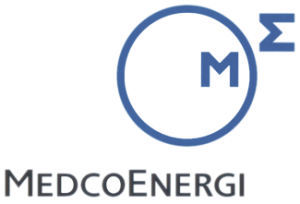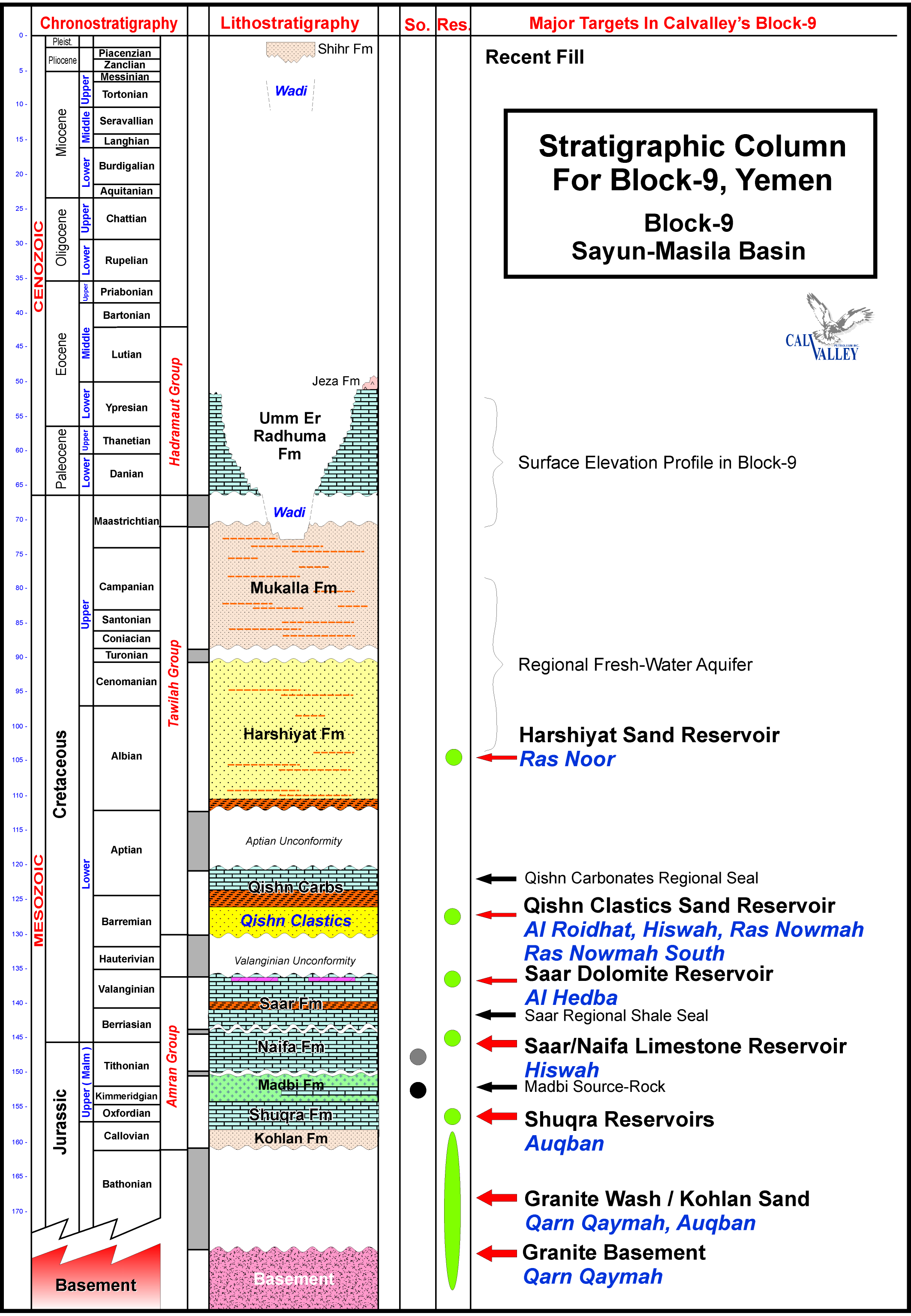The Block 9 concession is located within the western margin of the Sayun-Masila Basin in the province of Hadramout, in the Republic of Yemen, approximately 350 kilometres east of the capital city Sana’a.
This inland area has not been reached by recent conflict in Yemen and therefore is not materially affected by unrest elsewhere in the country
Block 9 is the second-largest producing block in the Republic of Yemen by area. It contains several existing discoveries as proven reserves, as well as 41 exploration targets.
Past production during the period 2005–2015 amounted to approximately 16m bbl at an average production rate of 4,000 bbl/day.
Hiswah
229.4 MMbbl
36° API sweet crude
Ras Nowmah
43 MMbbl
29° API sweet crude
Qishn Sands
2,100 bbl/d
Ras Nowmah South
3.8 MMbbl
19° API sweet crude
Qishn Sands
120 bbl/d
Al Roidhat
61.6 MMbbl
15° API sweet crude
Qishn Sands
1,000 bbl/d
Auqban
3.1 MMbbl
38° API sweet crude
Shuqra Limestone
80 bbl/d
Following the outbreak of conflict, force majeure was declared in 2015 and production ceased. In the following year, a group of investors acquired Calvalley and financed a work program to rehabilitate its producing wells and resume production in Block 9.
Calvalley has made investments of $35–45m to rehabilitate Block 9 through surface and subsurface work including a pressure maintenance program, upgraded facilities, water injection and other improvements. Calvalley is the only oil and gas company in the Republic of Yemen to have maintained its workforce on pay while the conflict paused oil production.
One major challenge is a lack of oil and gas service providers in Yemen owing to security considerations. Through our strong relationships with local communities we have been able to contract the services required.
Production resumed in July 2019, with 30 wells ready to produce.
Crude oil is evacuated from Block 9 by secured, 500-barrel truck to either of three pipeline terminals at other blocks, each approximately 250–300 km distant, each supplying storage terminals on the coast.
Contracts with operators of other blocks ensure that Block 9 production volumes are securely metered and signed off on daily as part of a custody transfer arrangement before being piped to the coast. Oil is lifted from the sea terminal by tanker at six-weekly intervals.
On-site, approximately 100 employees are deployed in two shifts of 50 on a twenty-eight-day rotation. The field reports its activities back to the head engineering and geosciences office in Cairo every day and key information on technical and financial progress is conveyed to the other stakeholders including our shareholders and partners, MedcoEnergi and Hood Oil.

21.25% share
MedcoEnergi is a publicly-listed Indonesian energy company with a strong commitment to sustainable development.

21.25% share
HoodOil operates in the oil and gas sector in the Middle East region. It is a subsidiary of the Hayel Saeed Anam Group (HSA Group), a family-run business that is today a multi-billion international company.
The main source rock in the area is reported to lie in the Madbi Formation, with maturity sufficient to generate both oil and gas. Block 9’s main reservoirs are located both above the Madbi (the Saar-Naifa, Qishn and Harshiyat formations) and below (the Shuqra, Kohlan Formation and fractured Basement).
Oil generation is likely to have started during the Late Cretaceous period and probably continues today. The potential oil and gas reservoirs consist of limestones and dolomites (the Shuqra and Saar-Naifa formations), sandstone (the Kohlan, Qishn and Harshiyat formations), and fractured granitic Basement. The seals are formed by tight carbonates and shales. Of the several generations of faults, some are permeable, while some can form hydrocarbon traps – mostly relating to broken anticlinal structures and tilted fault blocks.
